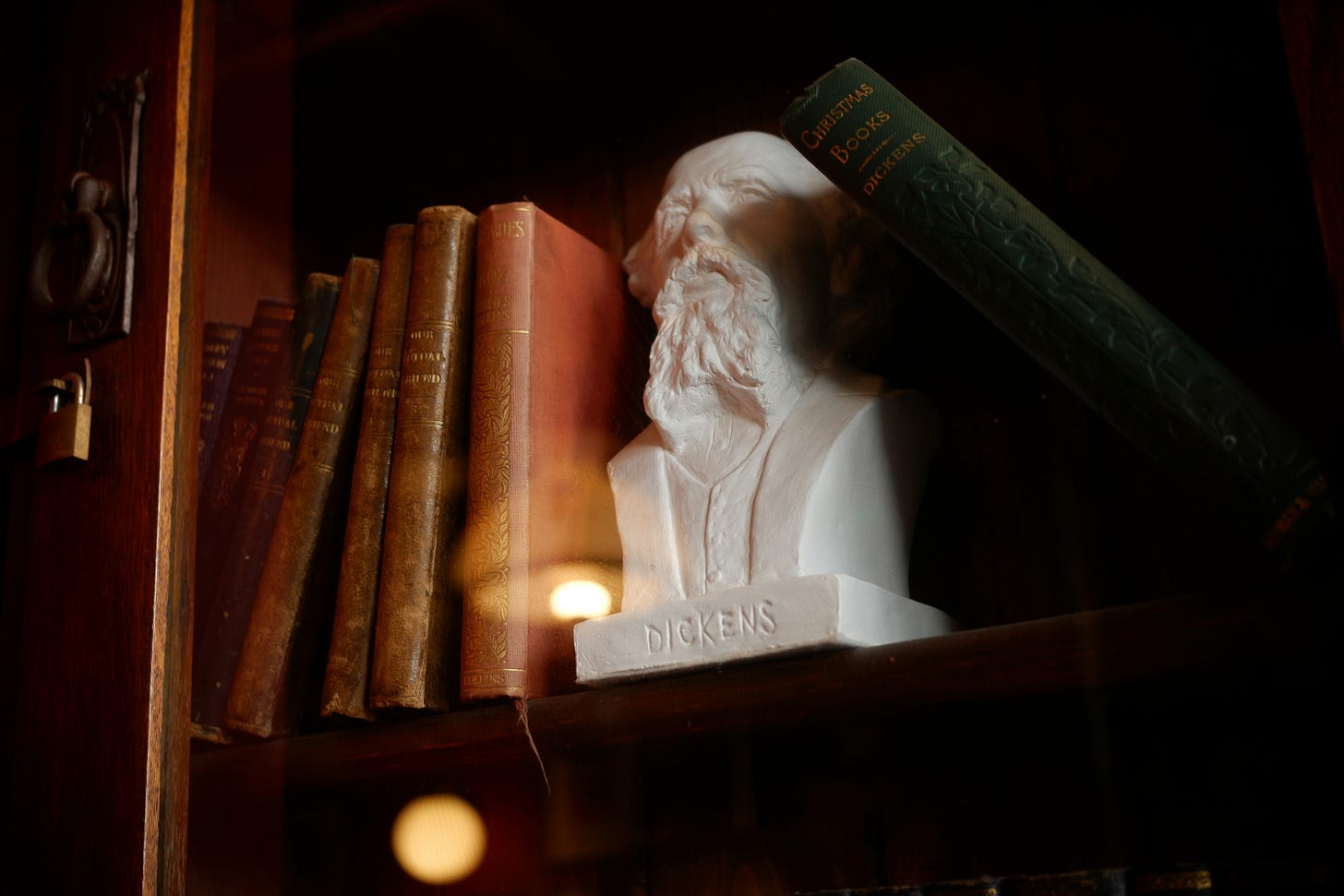Is The World Falling Apart (Pt. 2)
2nd of 3 Optimism Posts
Do not exploit the poor because they are poor and do not crush the needy in court for the Lord will take up their case and will exact life for life. -Proverbs 22:22
In his third serial novel, Nicholas Nickleby, Charles Dickens continues to express his concern for the poor as he has in his two previous books, Pickwick Papers and Oliver Twist. Any reader of the Bible shares Dickens’ concern for the poor but if we want to help people who have less than we do we need to be sure that we are solving the actual problem. The world has changed dramatically since Nickleby was written. But I can’t help noticing our concerns about the rich and the poor today share the same assumptions about poverty that Dickens had. If the plight of the poor were the same or even worse than in 19th century England we would have reason to believe that our world is falling apart. Many urge the overthrow of our present economic systems by regurgitating these antique arguments in the news and social media. But does the data support our assumptions? As in the previous post in this series, we will look at the assumptions beneath our opinions and test them with real data.
The lowest level of poverty is called “extreme poverty.” Measuring global levels of extreme poverty is one way to measure how the situation of the poor over time.
19 years before Dicken’s Nicholas Nickleby was published in 1839, nearly 84% of the world’s population lived in extreme poverty.1
From 1820-1910 the number decreased to 66%.
By 1950 55% of the world lived in extreme poverty.
In 1981 the number had shrunk to 42%.
In 160 years extreme poverty has fallen by half. This counters our assumption that everything is getting worse. And this story gets better. The decline in extreme poverty has accelerated.
In 1900 1.9 billion people were in extreme poverty.
By 2018 that number declined to 650 million while the population increased.
In 2018 only 8.6% of the human population was in extreme poverty, living on less than $1.90 a day.
There are still too many people living in desperate poverty. But the trend is rapidly moving in the right direction.
If the current rate of decline remains constant, only 5% of the world’s population will be in extreme poverty in 2030. Some believe the total eradication of this level of destitution is attainable. In 2015 the United Nations set an audaciously optimistic goal that the human race hadn’t previously considered: to eradicate extreme poverty by 2030.
Dickens’ sharp criticism of injustice toward the poor is always combined with his trademark optimism in the human spirit. He never completely condemns the wealthy when he highlights the disparity between rich and poor. Wealthy characters help the poor break out of poverty. There is a character quality among both some rich and some poor that serves them well as they persevere through ill-treatment and oppression on the way to a better life.
Our faith and the data of the last two centuries give us reason to share Dickens’ view of the world of rich and poor. If you have money, use it to help those with less gain a fairer and more stable life. If you do not have money, strengthen your character by developing resilience and perseverance which will help you move beyond your present situation. Wherever we stand on the economic scale we have the opportunity in the year ahead to makegoodhappen. -Randy
Bourguignon, Francois and Christian Morrison, “Inequality among World Citizens 1820-1992,” American Economic Review 92, no. 4 (2002): 731.



Your blog stirred my curiosity about extremely poverty. Born and raised in a first world country, I thought extreme poverty was not having money - and actually it also includes access to basic needs like clean water, safety , etc.
Real facts are powerful.